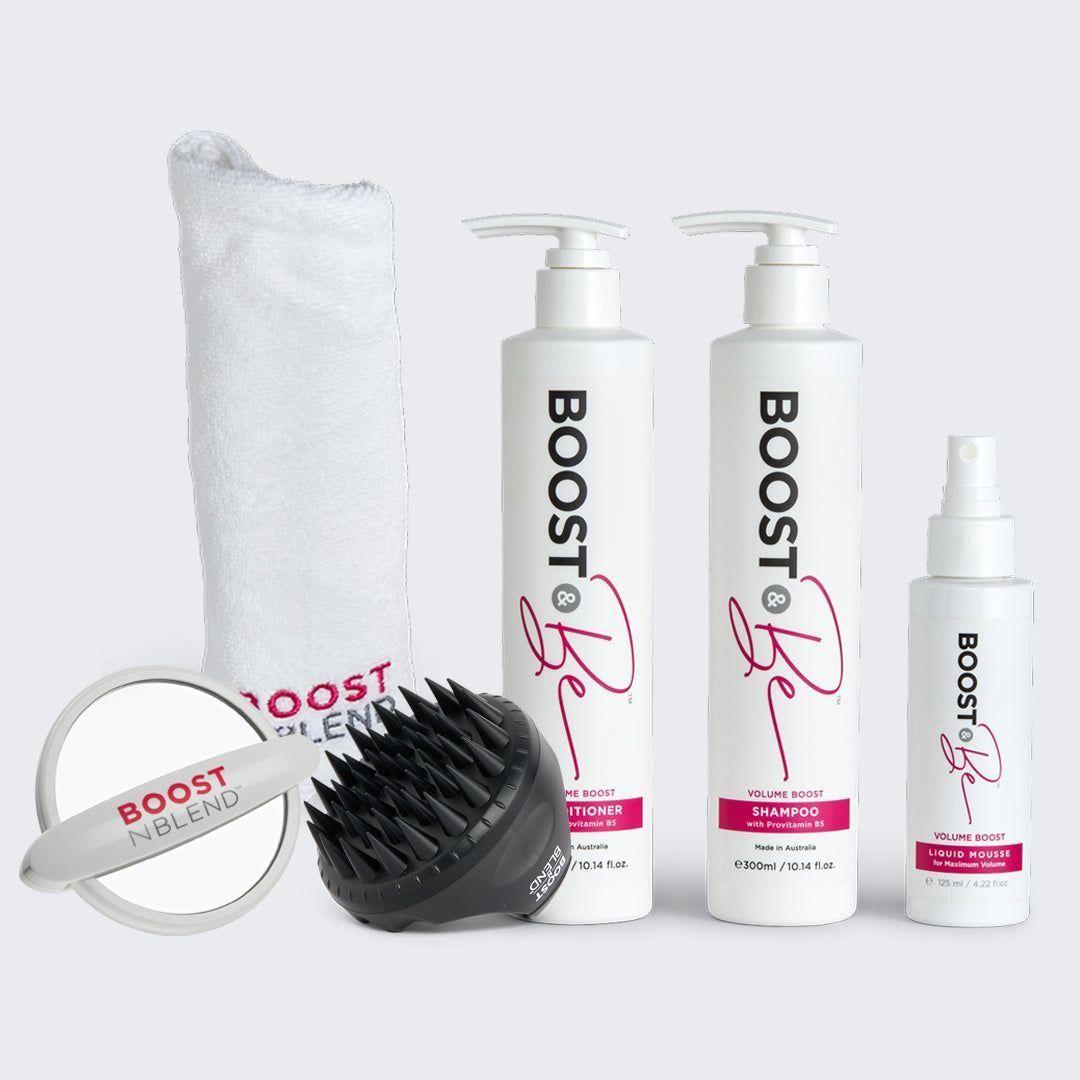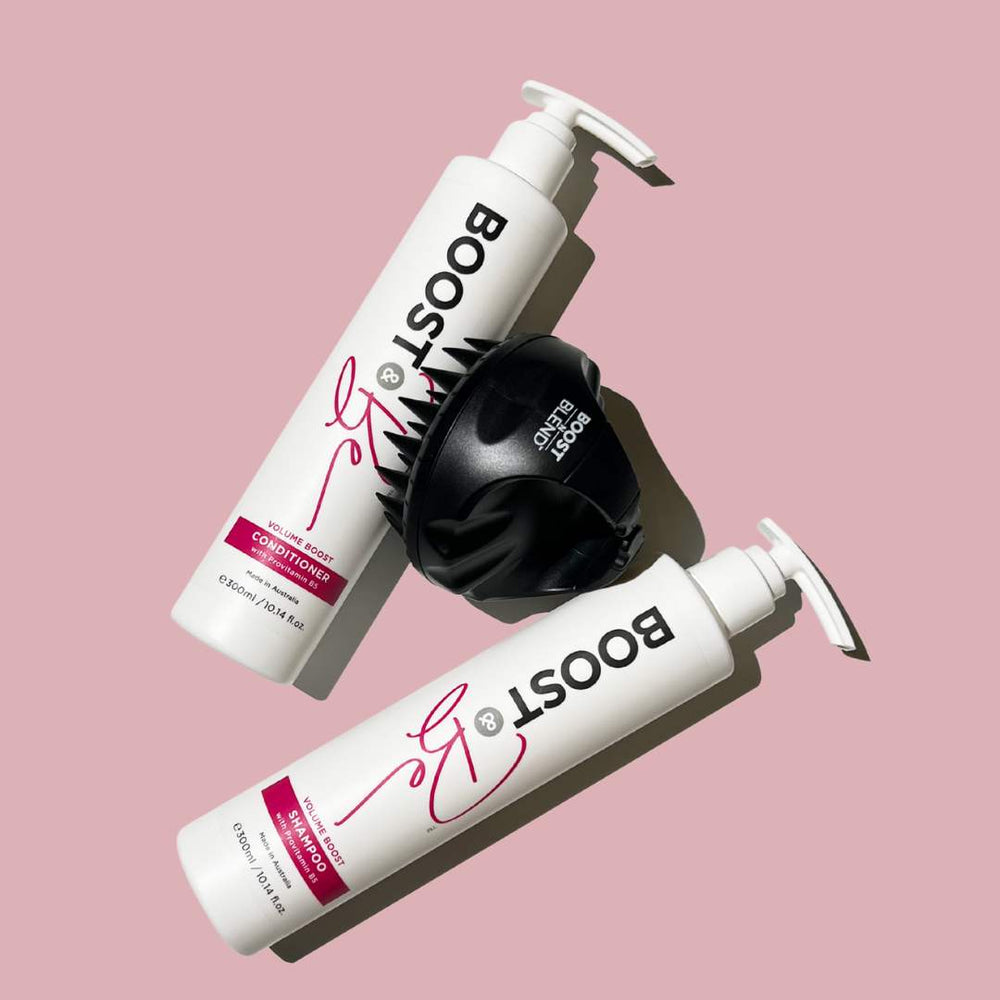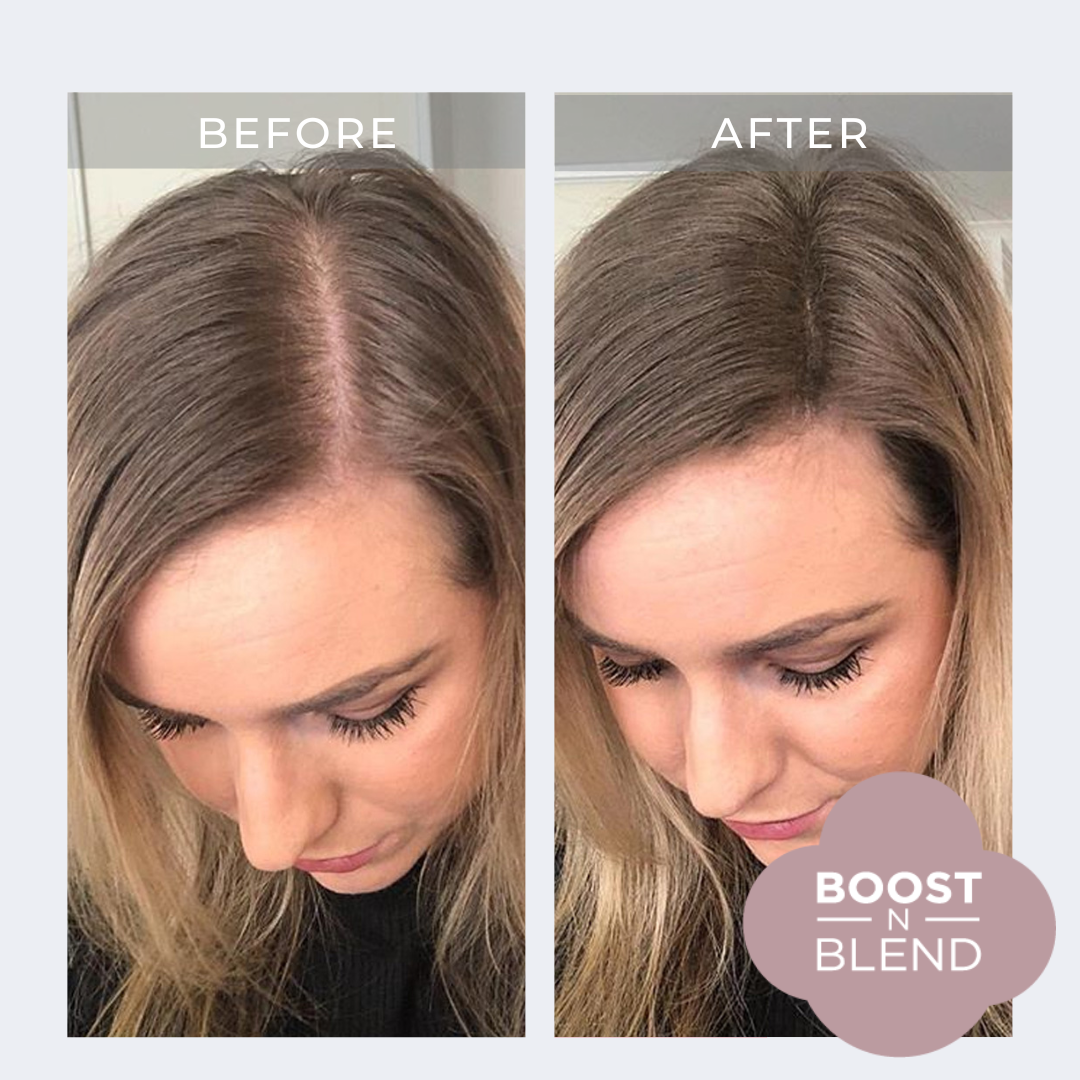Causes of hair loss in women: Trichotillomania
Charlene Blacer, Founder of HelpMe2Stop (helpme2stop.org), always wanted to be in the healthcare industry – she first worked in a salon to put herself through nursing school.
When she discovered the world of hair extensions, she promptly quit nursing to focus on a career in cosmetology. Once established in the cosmetic hair restoration business, however, she noticed a high percentage of clients suffering from trichotillomania, a condition that causes people to compulsively pull out their hair – and, unlike with her cancer patients, insurance doesn’t provide funding to cover hair replacement costs. “there was nothing for clients with trichotillomania, and in my career of medical hair loss, I saw more people with hair loss from this than from cancer or alopecia,” Blacer recalls.
Wanting to help those suffering, Blacer started HelpMe2Stop in 2007 and established it as a nonprofit in late 2009. The organisation, Blacer explains, is “a bridge between sufferers and stylists,” offering tips and tricks to help these clients, plus printable decals you can display to let people know that you are aware of the condition and will work with them. The HelpMe2Stop website allows potential clients to locate registered salons in addition to finding information about the condition.
“The majority of these clients are afraid to go to a salon; they have often never been to one,” Blacer laments. “Most importantly, we want to take away the secrecy surrounding this disorder and give them someone to talk to.”
Besides offering awareness, HelpMe2Stop covers the cost of natural hairpieces for these clients, which salons can contribute to by hosting fundraisers for the cause. (Trichotillomania Awareness week starts October 1). Salons can also donate gently used hairpieces or unused bottles of product. Blacer posts items on Facebook for those in need and offers videos on how to apply hairpieces for clients who can’t travel to her.
“A lot of current sufferers won’t say they have trichotillomania, they might say it’s hair loss or brush it off”, Blacer relates. “But if you continuously see bald spots or unevenness, especially in select locations, those are warning signs.
Facts:
By adulthood, 80 to 90 percent of reported cases are women.
Trichotillomania is estimated to affect 2-4 percent of the population
Boost n Blend supports HelpMe2Stop by donating products to help women with Trichotillomania.
This article was written by Tracy Morin and originally published in Beauty Launchpad May 2014

















Leave a comment